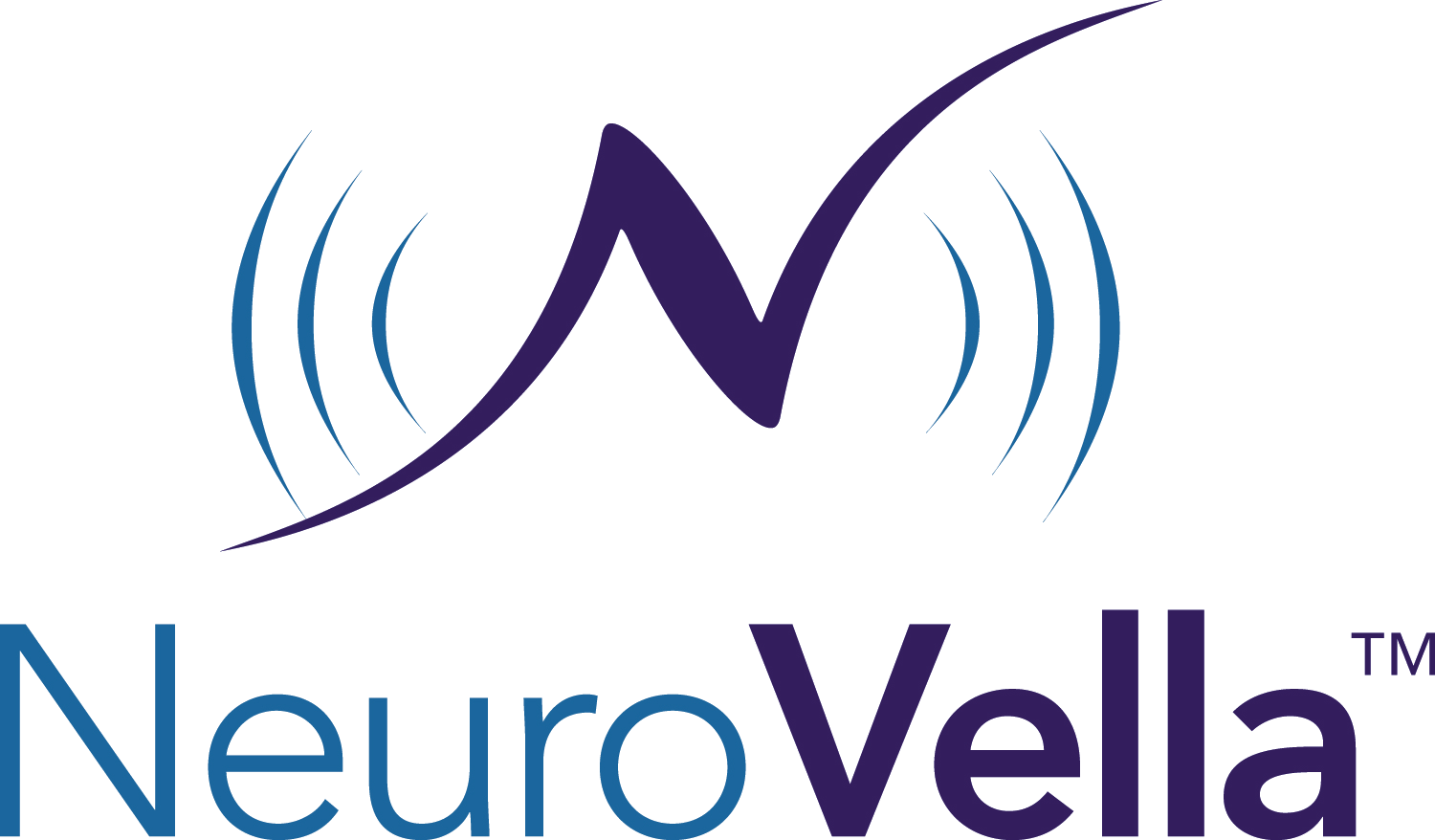The Science Behind the Neurovella Method
The science behind the Neurovella Method is foundational to the integration of our offerings. Reviewed below are just some of the many research articles proposing the benefits of our Neurovella method. You can read for yourself and see why we are so passionate about these methods that can reduce mental and physical symptoms of pain and stress.
“Neural Mechanisms of Mindfulness and Meditation: Evidence from Neuroimaging Studies”
“Mindfulness-based interventions are being increasingly used for stress, psychological well being, coping with chronic illness as well as adjunctive treatments for psychiatric disorders. A review of this literature revealed compelling evidence that mindfulness impacts the function of the medial cortex and associated default mode network as well as insula and amygdala. Additionally, mindfulness practice appears to affect lateral frontal regions and basal ganglia.” Click here to read the full article.
“Effects of Mindfulness on Psychological Health: A Review of Empirical Studies”
“Mindfulness brings about various positive psychological effects, including increased subjective well-being, reduced psychological symptoms and emotional reactivity, and improved behavioral regulation.” Click here to read the full article.
“Harnessing Brainwave Entrainment: A Non-Invasive Strategy To Alleviate Neurological Disorder Symptoms”
“Entraining impaired oscillation delays progression of neurodegenerative and neuropsychiatric disorders. Brainwaves can be entrained to match the desired pattern to provide a therapeutic benefit [through] a range of non-invasive techniques such as non-invasive brain stimulation (NIBS), neurologic music therapy (NMT), gamma stimulation, and somatosensory interventions using light, sound, and visual stimuli.” Click here to read the full article.
“Psychological and Physiological Health Outcomes of Virtual Reality-Based Mindfulness Interventions: A Systematic Review and Evidence Mapping of Empirical Studies”
“Psychological benefits [of Virtual Reality Mindfulness Interventions] include improved anxiety, mindfulness, emotions, disease patterns, affect, stress, (presleep) arousal, meditation and others. Physiological effects focus on neurobiological markers, heart rate/heart rate variability, pain, blood pressure, and cortisol.” Click here to read the full article.
“Ketamine – A New Antidepressant Drug with Anti-Inflammatory Properties”
“Ketamine is a new, potent and rapid-acting antidepressant approved for therapy of treatment-resistant depression, which has a different mechanism of action than currently-available antidepressant therapies. Ketamine was administered intravenously at a dose of 0.5 mg/kg for over 40 minutes to people with depression, who then demonstrated a significant improvement in their depressive symptoms on the Hamilton Depression Rating Scale (HDRS) after only three days of administration.” Click here to read the full article.
“Ketamine and Rapid Antidepressant Action: New Treatments and Novel Synaptic Signaling Mechanisms”
“Ketamine is an open channel blocker of ionotropic glutamatergic N-Methyl-D-Aspartate (NMDA) receptors. The discovery of its rapid antidepressant effects in patients with depression and treatment-resistant depression fostered novel effective treatments for mood disorders.” Click here to read the full article.
“Vibroacoustic Therapy: Sound Vibrations in Medicine”
“Research and/or development of vibroacoustic use include applications to manage pain; reduced symptoms for patients in chemotherapy; reduce stress; distract patients during biopsies, aspirations, and other procedures; increase range of motion (ROM) and muscle tone and in physical therapy or rehabilitative therapy following knee replacement; help prepare patients for surgery or those who are recovering; and provide sensory stimulation.” Click here to read the full article.


